Team looks at broodstock, larval, juvenile and grow-out nutrition needs

The black sea bass (Centropristis striata) occurs along the Atlantic coast of the United States from Cape Cod to Florida. It supports commercial and recreational fisheries throughout its range, but yields have declined over three decades. The average size of harvested fish has decreased since about 1950, indicating that larger, older fish are increasingly scarce. Current landings are not expected to meet increasing consumer demand.
Partially in response to the need for diversification of the marine finfish aquaculture industry in the southeastern United States, research is under way on the commercial culture of black sea bass. Like many other species in the family Serranidae, black sea bass have great potential for mariculture. They are hardy and have high market value and limited seasonal supply.
Ongoing studies at the University of North Carolina Wilmington Center for Marine Science are examining the nutritional needs of black sea bass at various life stages.
Broodstock nutrition
In a series of studies to develop cost-effective commercial feed for black sea bass at the center, the authors compared the effects of dietary lipids on spawning performance and egg quality in the fish.
About 160 adult broodstock were fed three dietary treatments: two commercial diets with 45 percent protein and lipid levels of 12 or 20 percent (Diets 1 and 2) and a natural diet of frozen Atlantic silversides (Menidia menidia, Diet 3). Mature females were each implanted with a hormone pellet at a nominal dose of 50 to 75 omega grams per kilograms body weight and held with five running males for volitional spawning. Six induced spawning trials were conducted for fish fed Diet 1, seven for Diet 2, and six for Diet 3.
Fecundity and hatching success were similar among all dietary treatments, but only one spawning trial with Diet 1 yielded viable yolk sac larvae. Furthermore, fertilization was significantly higher in Diet 3, which yielded the highest mean number of yolk sac larvae per trial. A dietary lipid level of 12 percent was clearly inadequate for successful reproduction. The natural fish diet significantly improved the spawning success and egg viability of the black sea bass broodstock.
Larval nutrition
Two additional experiments were designed to test the possibility of replacing live artemia feed for sea bass larvae with a formulated microdiet. In the first experiment, two commercial diets from Japan and Belgium, and artemia were fed to larval black sea bass beginning 21 days after hatching. Growth performance, survival, and tolerance to high-salinity stress were compared through 42 days. The results showed that the live artemia could be replaced by the Japanese microdiet.
In a second experiment, four microdiets were prepared with different protein sources. The diets were offered with half the normal ration of live feed beginning 15 days posthatch. Growth performance and survival were compared for 15 days. The results showed that a mixture of menhaden, herring, and squid meal was more effective than any of the tested protein sources used individually.
The authors’ work further showed that black sea bass larvae fed rotifers and artemia containing 10 percent or more of docasahexanenoic acid, DHA, in conjunction with arachidonic acid, ARA, at levels of 6 percent or greater grew and survived better than larvae that received no DHA or lower levels of ARA.
Larvae fed live feed supplemented with 6-12 percent ARA demonstrated a significant (P < 0.05) increase in relative mRNA expression of sodium, potassium, and ATPase after 24 hours, whereas larvae fed no ARA and a commercial algae substitute showed no increase. The results also indicated that dietary supplementation with ARA at 6-12 percent promoted adaptive physiological responses to hypersalinity stress and hypo-osmoregulatory ability in black sea bass larvae.
Juvenile nutrition
A trial was conducted in a recirculating system to determine the optimum dietary protein level for juvenile black sea bass fed fishmeal-based diets. Six isocaloric diets were formulated to contain crude protein at 36, 40, 44, 48, 52, and 56 percent levels by substituting a mixture of carbohydrates and lipid for fishmeal. The feeding experiment was carried out in 18, 75-l aquariums stocked at a density of 15, 6.7-gram juveniles per tank.
Fish were fed one of the test diets in triplicate tanks to apparent satiation twice a day for eight weeks. The optimum dietary level of protein for maximum growth performance in black sea bass juveniles was estimated at 45.3 percent (Fig. 1).
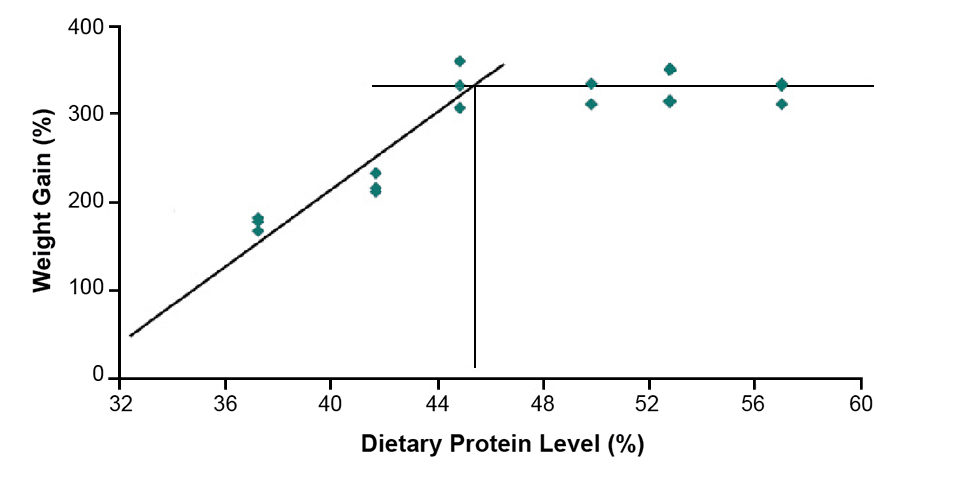
The authors have also investigated the effects of feeding frequency on growth, survival, and body composition in juvenile black sea bass. In a test, 2.85-gram juveniles were stocked into 200-liter cylindrical tanks at a density of 50 fish per tank. Fish were fed to apparent satiation by hand one, two, three and four times per day.
After 30 days, weight gain for fish fed once daily was significantly (P < 0.05) lower than for fish fed more often. However, since no significant difference in growth was found for the fish fed two, three or four times per day, it is most efficient to feed juvenile black sea bass twice daily to apparent satiation.
Grow-out nutrition
In further work, the authors evaluated the influence of four fishmeal-based formulated diets with different protein and lipid levels (44 and 54 percent protein, 8 and 16 percent lipid) on growth performance and body composition in preadult black sea bass during grow-out to small marketable size in a pilot-scale recirculating system. Bass of about 76 grams were fed the diets for 90 days in triplicate 2.7-cubic-meter recirculating tanks stocked at 50 fish per tank.
After the feeding trial, weight gain for fish fed 44 percent protein and 16 percent lipid was significantly (P < 0.05) higher than for fish fed 44 percent protein and 8 percent lipid. Increasing the protein level to 54 percent produced a significant increase in body weight for the 8 percent lipid diet, but did not significantly effect weight gain for the 16 percent lipid diet.
(Editor’s Note: This article was originally published in the September/October 2007 print edition of the Global Aquaculture Advocate.)
Now that you've reached the end of the article ...
… please consider supporting GSA’s mission to advance responsible seafood practices through education, advocacy and third-party assurances. The Advocate aims to document the evolution of responsible seafood practices and share the expansive knowledge of our vast network of contributors.
By becoming a Global Seafood Alliance member, you’re ensuring that all of the pre-competitive work we do through member benefits, resources and events can continue. Individual membership costs just $50 a year.
Not a GSA member? Join us.
Authors
-
Md. Shah Alam, Ph.D.
University of North Carolina Wilmington
Center for Marine Science
Aquaculture Program
7205 Wrightsville Avenue
Wilmington, North Carolina 28403 USA -
Christopher D. Bentley
University of North Carolina Wilmington
Center for Marine Science
Aquaculture Program
7205 Wrightsville Avenue
Wilmington, North Carolina 28403 USA -
Troy C. Rezek
University of North Carolina Wilmington
Center for Marine Science
Aquaculture Program
7205 Wrightsville Avenue
Wilmington, North Carolina 28403 USA -
Joseph K. Carrier
University of North Carolina Wilmington
Center for Marine Science
Aquaculture Program
7205 Wrightsville Avenue
Wilmington, North Carolina 28403 USA -
Patrick M. Carroll
University of North Carolina Wilmington
Center for Marine Science
Aquaculture Program
7205 Wrightsville Avenue
Wilmington, North Carolina 28403 USA -
Wade O. Watanabe, Ph.D.
University of North Carolina Wilmington
Center for Marine Science
Aquaculture Program
7205 Wrightsville Avenue
Wilmington, North Carolina 28403 USA
Tagged With
Related Posts
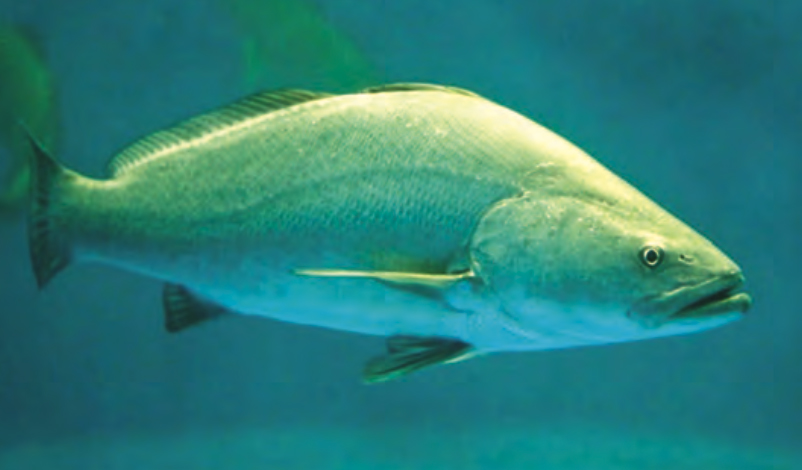
Responsibility
Aquaculture gives endangered totoaba a fighting chance
The tenuous fate of a pint-sized porpoise, the critically endangered vaquita, is linked to a fish targeted by poachers fueling China’s appetite for maws. The vaquita remains in peril, but aquaculture presents some hope for the totoaba.
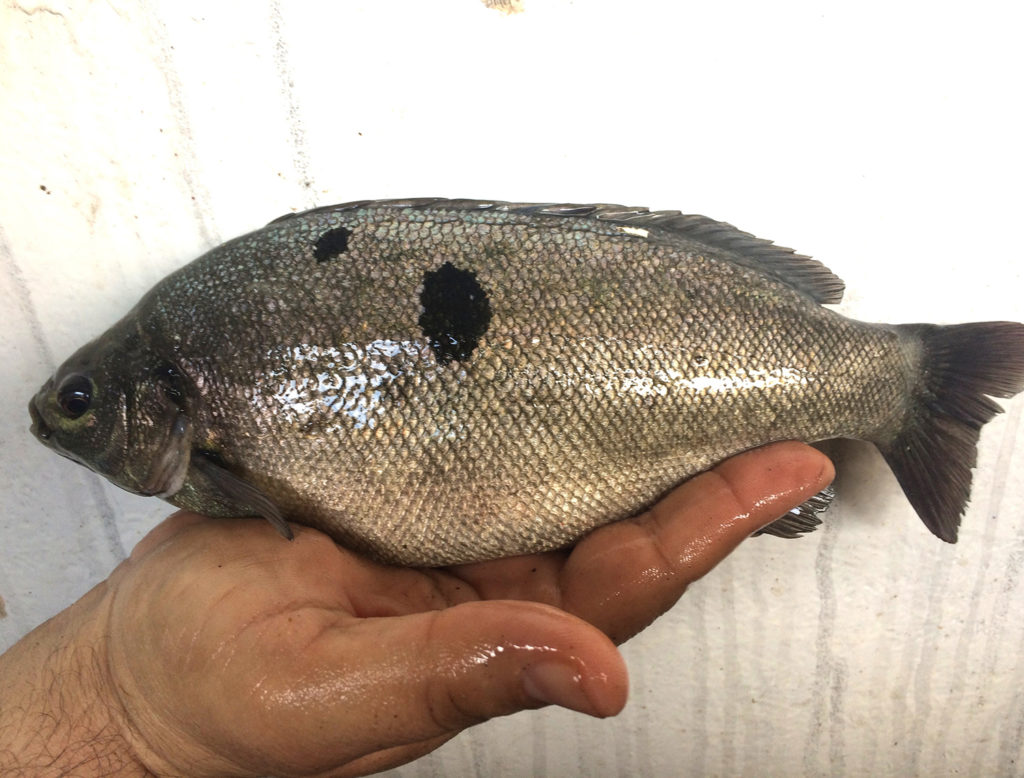
Intelligence
Are omega-3s in farmed jade perch as high as believed?
Farmed jade perch – similar to other cultured fish species – is only rich in omega-3 fatty acids if its diet consists of these nutrients in high amounts. How does it compare to the wild fish?
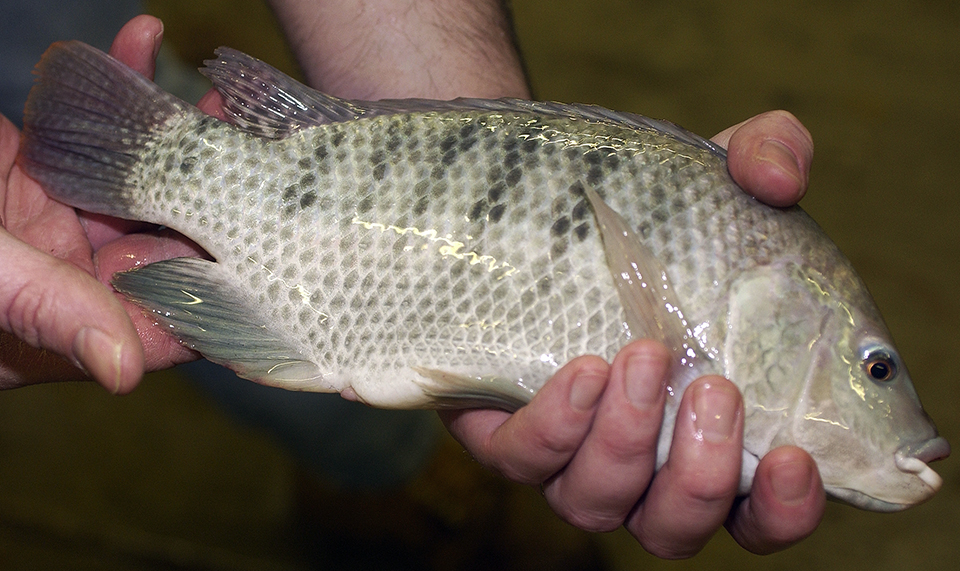
Health & Welfare
Bacterial, chemical residues impact tilapia quality
Both bacterial pathogens and chemical residues can affect the quality of farmed tilapia products. In production systems, Vibrio bacteria quickly proliferate following disease outbreaks.
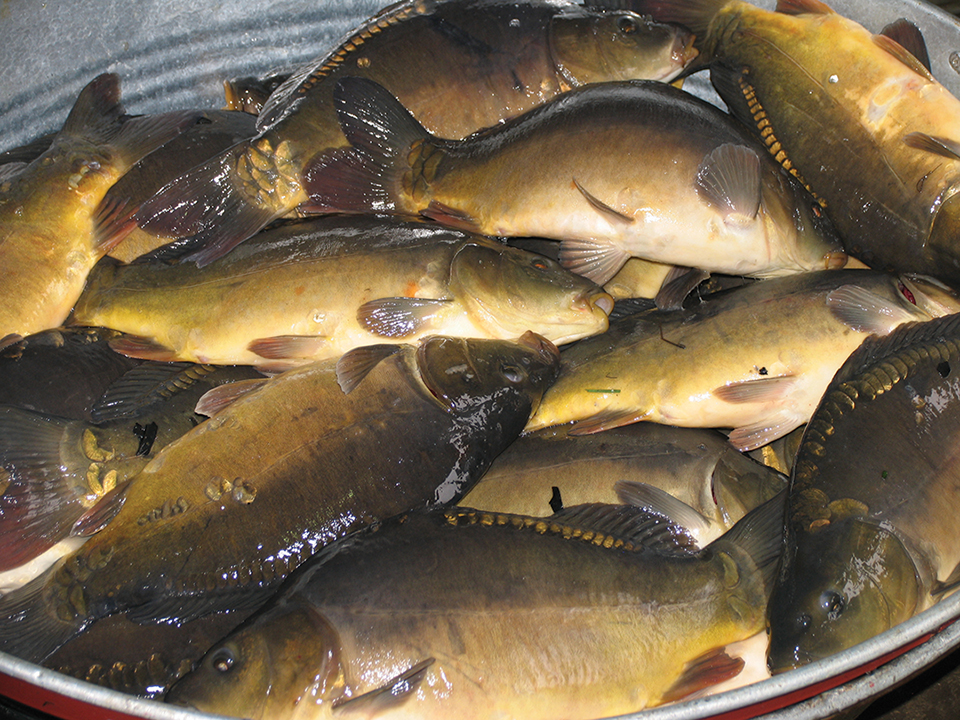
Health & Welfare
Cathepsin enzymes, part 2
Cathepsin D alone and in combination with other cathepsins presents the greatest proteolytic activity on some fish muscles.


